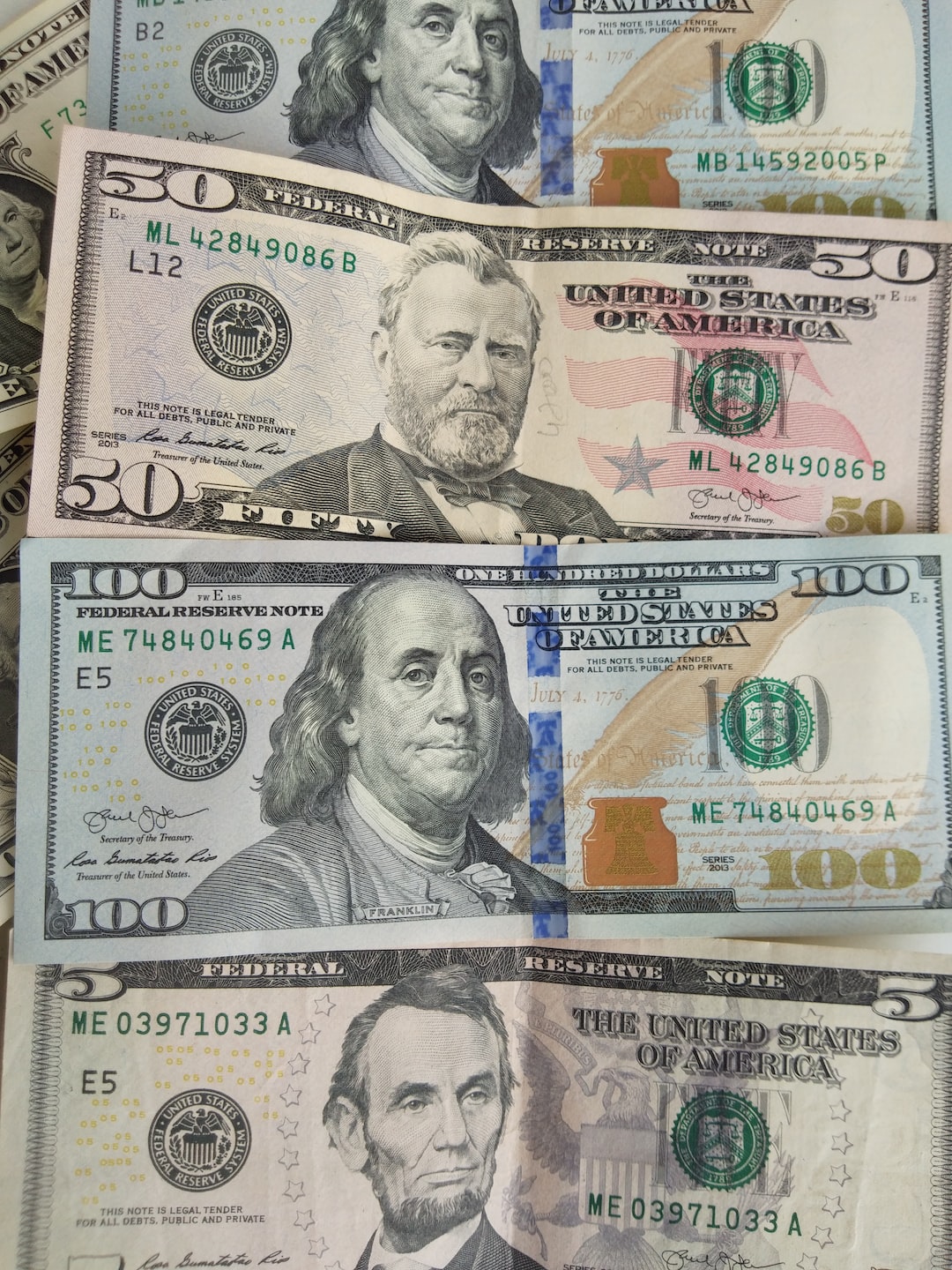Forex trading is one of the most popular and lucrative activities in the world. It involves buying and selling currencies in the hopes of earning a profit. However, it can also be a risky business, and traders need to be aware of the various factors that can affect the value of currencies. One of these factors is spikes, which occur when the price of a currency suddenly rises or falls. In this article, we will explore when spikes occur in forex and how traders can respond to them.
What are spikes in forex?
Spikes in forex refer to sudden and dramatic changes in the value of a currency. They can occur for a variety of reasons, including economic news, political events, and market sentiment. Spikes can be either positive or negative, depending on whether the price of the currency rises or falls. They can be short-lived or long-lasting, and their impact on the market can vary depending on the size and scope of the spike.
When do spikes occur in forex?
Spikes in forex can occur at any time, but they are more likely to happen during certain events or situations. Some of the most common causes of spikes include:
1. Economic news: Economic news releases, such as GDP reports, employment data, and inflation figures, can have a significant impact on the value of currencies. When a country’s economic data is better than expected, it can cause its currency to rise in value. Conversely, if the data is worse than expected, it can cause the currency to fall.
2. Political events: Political events, such as elections, referendums, and geopolitical tensions, can also cause spikes in forex. When there is uncertainty or instability in a country’s political situation, it can cause investors to shy away from its currency, leading to a drop in value. On the other hand, if a political event is seen as positive for a country, it can cause its currency to rise.
3. Market sentiment: Market sentiment refers to the overall mood or attitude of traders and investors. If there is a lot of optimism in the market, it can cause currencies to rise in value. Conversely, if there is a lot of pessimism, it can cause them to fall. Market sentiment can be influenced by a variety of factors, including economic news, political events, and even social media.
How do traders respond to spikes in forex?
Traders can respond to spikes in forex in a variety of ways, depending on their trading strategy and risk tolerance. Some of the most common strategies include:
1. Riding the spike: Some traders choose to ride the spike by buying or selling the currency that is experiencing the sudden change in value. This can be a risky strategy, as spikes can be short-lived and unpredictable. However, if the trader is able to time their entry and exit points correctly, they can earn a significant profit.
2. Hedging: Hedging involves taking a position in the opposite direction of the spike to protect against potential losses. For example, if the trader is long on a currency that experiences a sudden drop in value, they may choose to take a short position to offset their losses. While this strategy can limit losses, it can also limit potential profits.
3. Waiting it out: Some traders choose to wait out the spike and avoid taking any action until the market stabilizes. This can be a wise strategy, as spikes can be unpredictable and volatile. However, it can also mean missing out on potential profits.
In conclusion, spikes in forex can occur for a variety of reasons and can have a significant impact on the value of currencies. Traders need to be aware of the potential for spikes and have a strategy in place to respond to them. By understanding the causes of spikes and the different ways to respond to them, traders can navigate the forex market with greater confidence and success.






